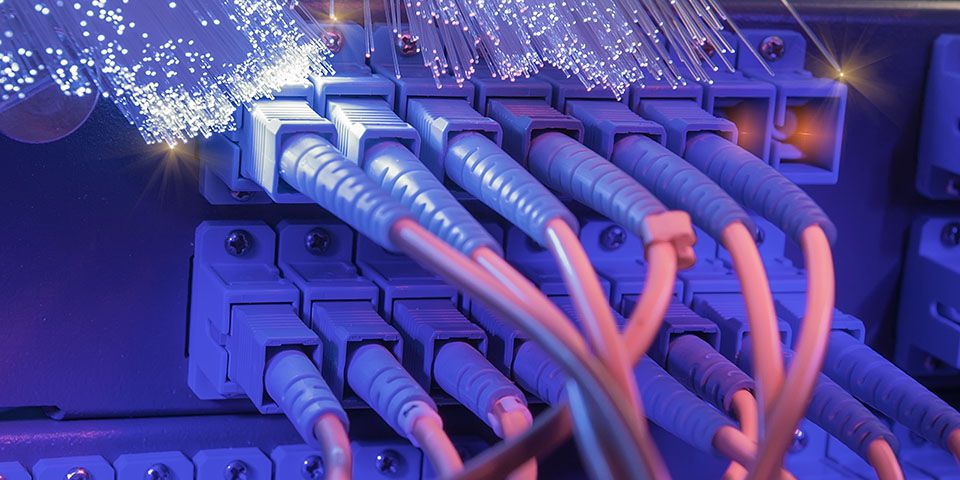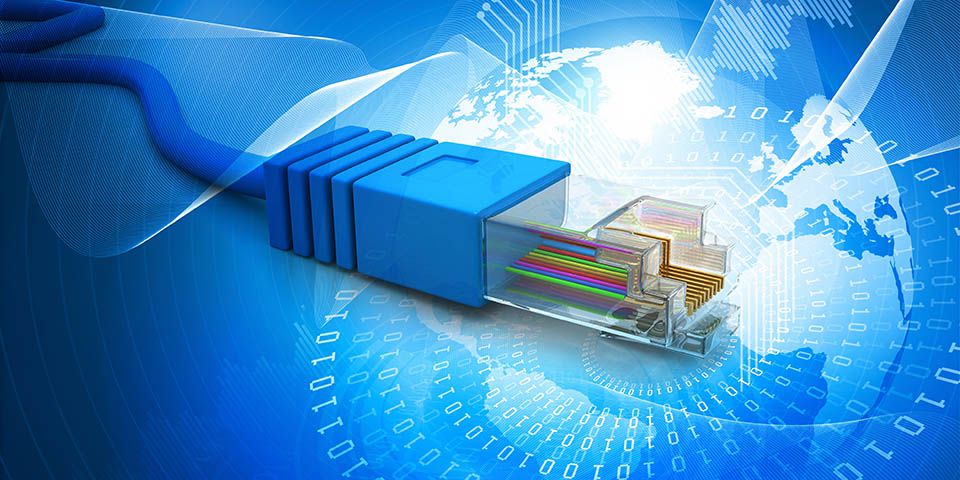Revewed in 01/2024
For this article, we are going to avoid the whys of getting a backup Internet provider. If you’ve found this, we will safely assume that you have already done some research on the subject or worse have somehow experienced the impact that not having alternative connectivity can have on your business, therefore we will assume that you have some understanding of why this is more than a luxury a requirement in today’s connected world.
It is important to note that while most business-grade Internet providers offer SLA’s and generally offer very high availability, all, independently of the technology they are using, will at some stage fail.
If your business depends on Internet connectivity, and you don’t at this point have redundancy in place, you should carefully and urgently consider it.

1. It is all about redundancy
When it comes to backup, redundancy truly is King and perhaps Queen too, such is its importance. When we speak about redundancy, usually it refers to one of the following 2 types:
Fail-Over Redundancy: This happens when you have a primary ISP and the secondary (backup) is used only when there is an outage of the main Internet provider. While this will, most likely, prevent the loss of connectivity and productivity, it won’t add any other benefits and in fact doesn’t use the backup link most of the time.
Load-Balancing Redundancy: The second type is load-balancing and it is a little more complex to setup but has the advantage that you will be exploring both connections simultaneously. You set the parameters and the system decides which connection is best at a given time based on the rules set. For instance, if you max your current connection during peak times, this will allow you to explore extra bandwidth from a secondary provider.
Traditionally most networks have been running using the MPLS (Multi-protocol Label Switching) and this is why we talk about redundancy in a traditional sense as having a primary and a backup circuit. However, recently a shift has been happening across the industry towards SD-WAN (Software-Defined Wide Area Networks) which provides the benefits of a SDN (Software Driven Network). While we will not go into details of SD-WAN redundancy solution because it is outside the scope of this article, it is worth mentioning that SD-WAN will, among other advantages, it can simplify the redundancy. In a SD-WAN environment, the application will monitor your providers (you can have several and maximise the bang for your buck) and choose the one that is the most adequate for each task it is being given. We will revisit this topic in a future article.
2. Type of Connection

When considering a backup link for your business, it is very important to consider the type of connection you are contracting. The reason why this is important is because most likely all land-based connections are vulnerable to certain events the same way as all over-the-air connectivity could be vulnerable to different events. Ideally if your area is served by both types of Internet Service Providers, your business should have one over-the-air and one land-based connection to minimize the chances of service disruption.
Land-based solutions include:
- – Copper Wire
- – DSL
- – Cable
- – Fiber Optics
Over-the-air solutions include:
- – Satellite
- – WiMax & 5G Cellular
- – Dedicated Fixed-Wireless Gigabit
Note: Point-to-Point Fixed-Wireless is the only type of wireless connection that is capable of providing capacity and latency similar to business-grade wired services.
Even when you choose a different type of provider, if your connection reaches your building through a single path, you will be exposed to a single point of failure for your internet service and this can lead to outages that could otherwise be prevented. For more on this topic, read our Route Diversity tech brief. Here is where you need to think about your network path. Ideally, if your business depends on the internet for critical processes you should have 2 completely independent systems with automatic fail-over switching. While this can increase costs, it can save you a lot of headaches in the event of something going wrong.
3. Bandwidth

Independently on the type of redundancy you choose, you will need to
factor the required bandwidth. It is unlikely that your business will
need as much bandwidth on your backup link as you do with your primary
connection but it is wise to have a connection that can be incremented
automatically when needed. This is what we call burstable bandwidth.
This is very useful in a scenario where your typical bandwidth needs are
low/medium but have some days in the week or month when you carry out
activities that require higher bandwidth, in this case, and without
having to contact your ISP, your bandwidth will be automatically
increased and you will be billed for this instead of paying more
expensive bandwidth when you have no requirements for it most of the
time.
4. Cost

This is an obvious consideration for most businesses when choosing an Internet connection, perhaps for many even their main consideration. So it becomes all the more important when you are choosing a internet supply that will only be used on limited occasions like on a fail-over redundant link. You want your connection to be able to seamlessly take over on the event of an outage but at the same time you don’t want to be paying a premium for a connection that you will only use occasionally. Most business ISP’s have dedicated redundancy price plans. We would recommend that you shop around in your area and ask for their backup price plans.
5. Carrier and Route Driversity

While some carriers offer different types of connections within their product offering, like (copper lines & fiber, for example), when choosing a backup link, choosing different providers is generally a good idea. However, your quest for redundancy shouldn’t end at the carrier level, to have truly redundant internet service, you should ask yourself, which route do my providers take to the building and are parts of that route shared among them, potentially generating a single point of failure. As a rule of thumb, you want to avoid single points of failure. Internet Service Providers get their service from data centers, these are often single points of failure too, while data centers usually have very robust redundancy plans in place, they can also be vulnerable to service outages, so if connectivity is critical to your business, you should evaluate the complete path of the service options brought to your business. Networking technologies like SD-WAN can help you balance the load and seamlessly swap services in the event of an outage.
Even if you choose to have a different wired provider as a backup, you should always check that this provides doesn’t share infrastructure (e.g. conduit) with your main supplier anywhere between your location and the location where these providers peer with the Internet as we have seen instances where through a single incident (e.g. fire) can take multiple ISP’s at once.

